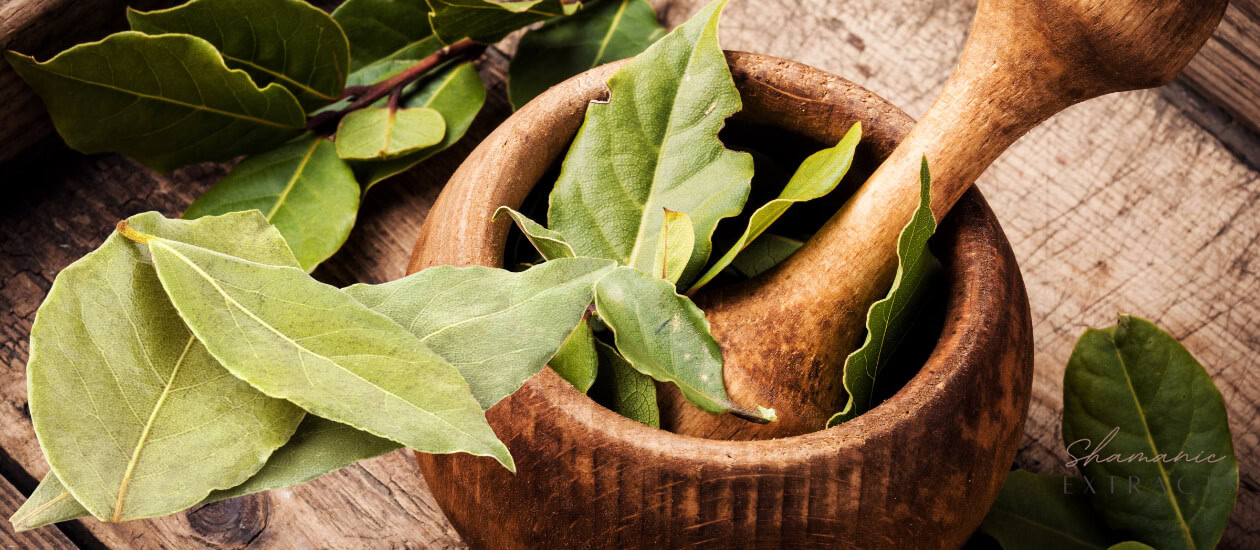Introduction
Diplopterys Cabrerana, also known as Chagropanga, is a sacred plant with a long-standing history of shamanistic and healing applications in the Amazon region. Initially classified as Banisteria rusbyana, this plant is renowned for its high concentration of hallucinogenic tryptamines and its integral role in the preparation of ayahuasca—a traditional psychoactive brew. This guide delves into the uses, effects, preparation methods, and essential precautions associated with Diplopterys Cabrerana.
What is Diplopterys Cabrerana?
Diplopterys Cabrerana is a vine native to the Amazon rainforest, commonly used as an additive in ayahuasca brews. Its leaves are prized for their psychoactive properties, mainly due to the presence of N,N-DMT (Dimethyltryptamine), 5-MeO-DMT, and 5-HO-DMT (bufotenine). These compounds are responsible for the plant’s potent visionary and transformative effects.
Effects of Diplopterys Cabrerana
Mild Experiences
In lower doses, the effects of Diplopterys Cabrerana resemble those of psilocybin mushrooms or LSD. Users may experience mild visual distortions, enhanced introspection, and gentle stomach discomfort in the initial stages.
Profound Transformations
In higher doses, the plant induces an intense alteration of perception, often described as entering another dimension. This is accompanied by vivid, sometimes surreal visions, often narrating personal and universal truths. The effects can last around four hours and are frequently described as a blend of mental and physical cleansing.
Physical Reactions
Common physical reactions include nausea, vomiting, and diarrhea—considered part of the “purging” process central to ayahuasca ceremonies. These effects are believed to rid the body of toxins and prepare the individual for deeper spiritual experiences.
Using Diplopterys Cabrerana Safely
Start with Low Doses
For beginners, starting with a low dose is essential to avoid overwhelming experiences. In ayahuasca brews, typical dosages for Diplopterys Cabrerana range from:
- 5 grams for a mild experience
- 10 grams for a standard dose
- 15 grams for an intense journey
Preparation and Brewing
Making ayahuasca with Diplopterys Cabrerana requires careful attention to detail. The plant is usually boiled in water for several hours, often in combination with Banisteriopsis caapi—a vine that acts as a natural MAO inhibitor, enhancing the effects of D. Cabrerana. Acidic additives like vinegar or lemon juice are sometimes used to facilitate the extraction of active compounds.
Challenges of Ayahuasca Preparation
The Art of Experimentation
Crafting an effective ayahuasca brew is a skill that takes years to master. Newcomers often face difficulties in achieving the desired potency and balance. It is advisable to study traditional recipes and seek guidance from experienced practitioners.
Brewing Time
The process of creating an ayahuasca infusion with Diplopterys Cabrerana can take anywhere from four to twelve hours. Some brewers make multiple infusions from the same plant material to maximize potency before combining them into a concentrated mixture.
Alternate Uses of Diplopterys Cabrerana
Apart from its role in ayahuasca, Diplopterys Cabrerana is occasionally used to create extracts. These are often burned as incense, inducing a short-lived, intense psychedelic experience lasting around 15 minutes. This method emphasizes shifts in perception and sensory transportation, reminiscent of the full ayahuasca experience.
Chemical Composition of Diplopterys Cabrerana
The leaves of Diplopterys Cabrerana contain:
- 0.17% to 1.75% N,N-DMT
- 5-MeO-DMT
- 5-HO-DMT (bufotenine)
These compounds contribute to the plant’s powerful hallucinogenic properties, making it a crucial component of traditional ayahuasca.
Precautions When Using Diplopterys Cabrerana
Interactions with MAO Inhibitors
Combining Diplopterys Cabrerana with MAO inhibitors, such as Banisteriopsis caapi, can amplify its effects but also introduces risks. Certain foods and medications can interact dangerously with MAO inhibitors, leading to severe health complications.
Traditional Guidance
Ayahuasca has been safely used for centuries under the supervision of trained shamans. It is highly recommended to approach its use in a ceremonial context with experienced guidance to ensure safety and spiritual efficacy.
Final Thoughts on Diplopterys Cabrerana
Diplopterys Cabrerana is more than just a plant; it is a gateway to profound spiritual exploration and self-discovery. Its role in ayahuasca ceremonies highlights its significance in Amazonian culture and shamanistic traditions. However, its potent effects demand respect, careful preparation, and responsible use. Whether you are a seasoned explorer or a curious beginner, understanding and honoring this plant’s power is essential for a safe and meaningful experience.
FAQs
What is Diplopterys Cabrerana used for?
Diplopterys Cabrerana is primarily used in the preparation of ayahuasca, a traditional psychoactive brew known for its hallucinogenic and cleansing properties.
How does Diplopterys Cabrerana affect the mind?
The plant induces altered perceptions, vivid visions, and introspective experiences, often described as journeys to other dimensions.
Can beginners use Diplopterys Cabrerana?
Yes, but it is recommended to start with low doses and seek guidance from experienced practitioners due to its potent effects.
What makes Diplopterys Cabrerana hallucinogenic?
Its leaves contain compounds like N,N-DMT, 5-MeO-DMT, and bufotenine, which are responsible for its psychedelic effects.
How is Diplopterys Cabrerana prepared for ayahuasca?
The leaves are boiled in water for several hours, often with Banisteriopsis caapi, to create a potent brew. Acidifiers like lemon juice are sometimes added to aid extraction.
Are there risks to using Diplopterys Cabrerana?
Yes, especially when combined with MAO inhibitors. Certain foods and medications can lead to adverse reactions, so caution is essential.

